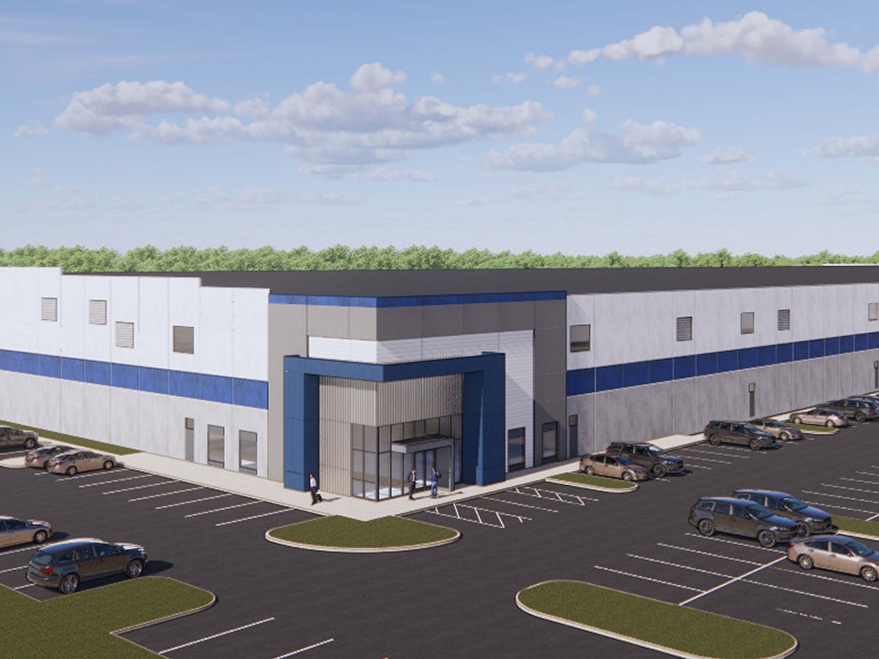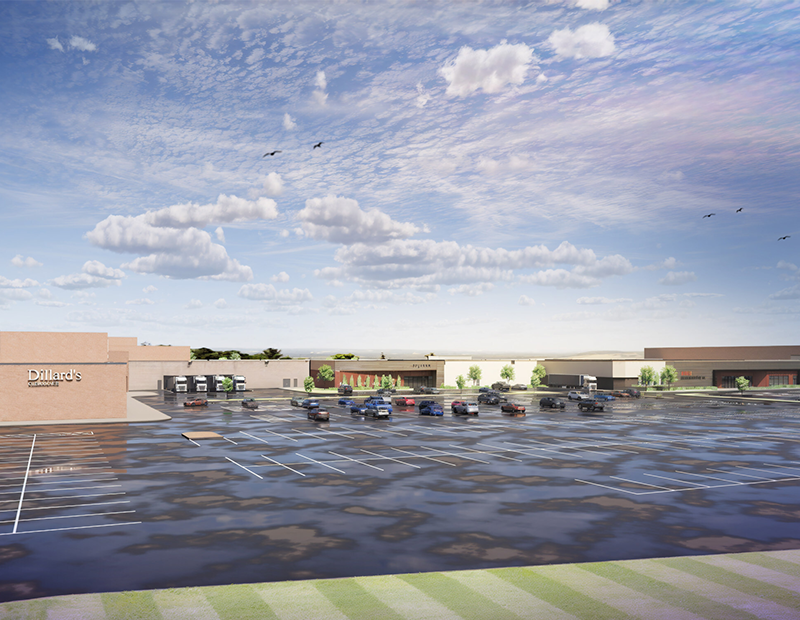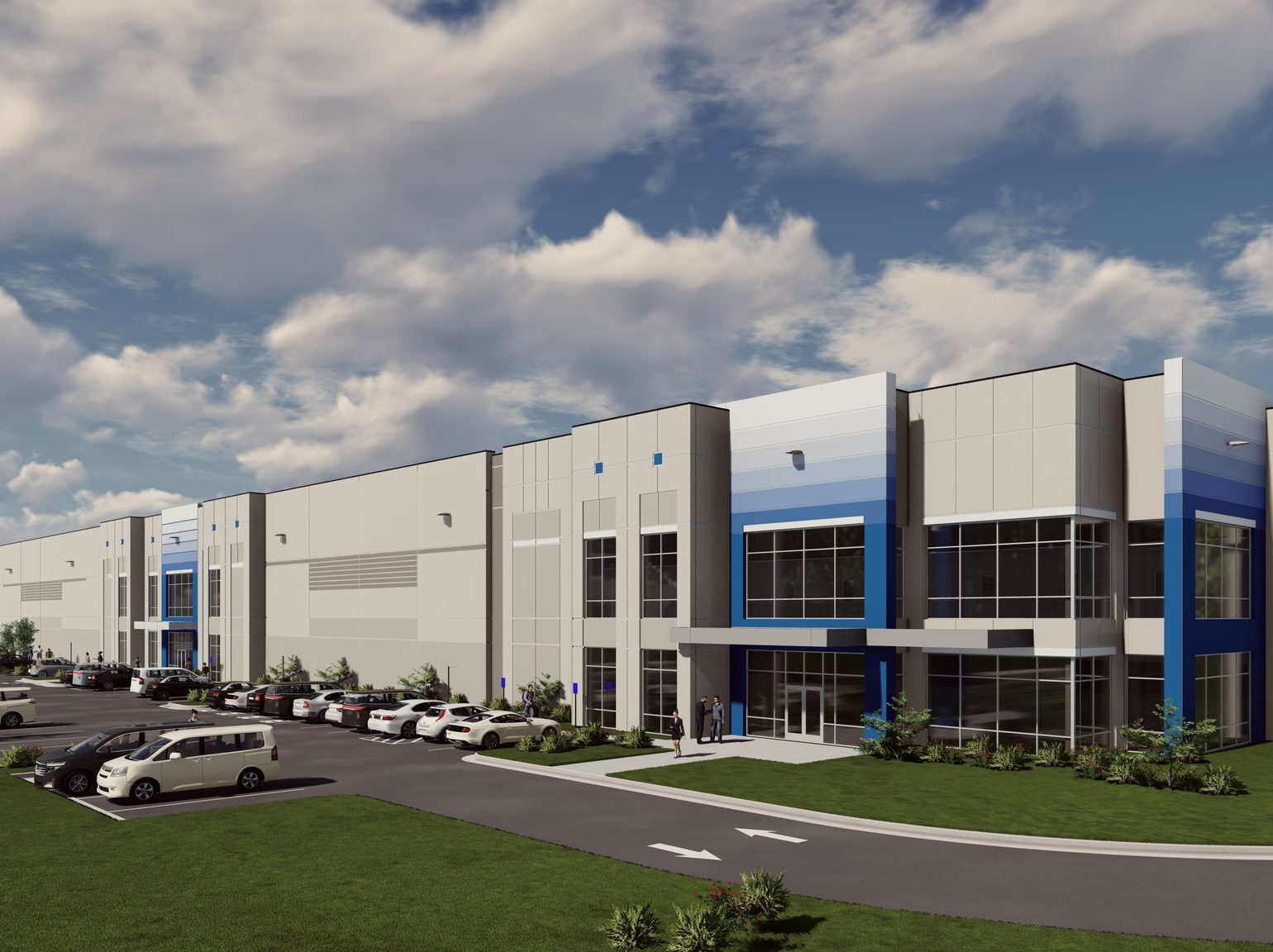Is the Retail Sector at a Crossroads?
According to a new Deloitte report, much of the sector is strong and growing, with both high-end and price-conscious retailers seeing revenue gains over the past five years.
By Gail Kalinoski
A new study by Deloitte, “The Great Retail Bifurcation: Why the Retail ‘Apocalypse’ is Really a Renaissance,” disputes the popular theme that retail is facing a battle between online and brick-and-mortar. The report found that consumer economics play a bigger role in who wins and who loses in retail these days with premier and price-based retailers doing much better than those that try to appeal to shoppers in the middle. The report was written by Kasey Lobaugh, chief innovation officer, Christina Bieniek, U.S. consulting leader, Bobby Stephens, U.S. retail leader, and Preeti Pincha, senior manager.
“Brick-and-mortar retail is not on or near its deathbed. In fact, we are seeing retailers open new stores at an astounding pace, and physical retail is growing alongside digital,” Lobaugh said in a prepared statement. “Rather than witnessing the demise of retail, our study shows a dramatic change in line with the impact of consumer bifurcation along economic lines. While specific retailers may see an apocalypse, others see opportunity.”
The report found that much of the retail sector is strong and growing with both high-end and price-conscious retailers seeing revenues increasing 81 percent and 37 percent, respectively, over the past five years. In a sign of consumer income bifurcation, the report notes that those retailers that try a more “balanced” approach saw their revenues rise by only 2 percent. In the past year, the premium retailers had sales increases of 8 percent and price-based retailers were up 7 percent, while the balanced retailers in the middle of the shopping spectrum saw sales decline by 2 percent.
Price-based retailers remain strong
While store closings and retail bankruptcies have been in the news, the Deloitte study found there are many more stores opening than closing. What has happened is that the store closures have been taking place mainly among balanced retailers, but price-based and premium retailers have been opening more stores than closing them. That is particularly apparent in the price-based category, which saw price-based retailers gaining 2.5 stores for every balanced store that closed between 2015 and 2017. During that time, more than 4,500 price-based retailers opened stores.
The Deloitte report states that the income bifurcation also triggered differences in how and where consumers made purchases. Low-income consumers are 44 percent more likely to shop in discount stores, supermarkets, convenience stores and department stores than their higher-earning counterparts. High-income consumers tend to shop more online and to spend their money at more retailers than the lower-income shoppers. The report noted that fragmentation was even more pronounced online, with affluent consumers being 40 percent more divided in their choice of online retailers.
The study found household economic health correlated to spending behavior with 20 percent, or one in five surveyed consumers, reporting they were better off in 2017 than they were in 2007 in terms of disposable income for discretionary shopping. A majority of those surveyed, four out of five consumers, said they had fewer funds for traditional retail segments such as apparel. Some of that money may have gone to increased spending on mobile phones and data plans, items that hit the lower-earning consumers harder. Rising costs for non-discretionary items such as health care, education, food and housing, also impacted the lower-earning consumers more, particularly because their wages had been stagnant. Meanwhile, those with higher incomes were 10 percent more likely to say they increased their spending over the last year.
“Households have diverged along economic lines and now people’s respective income levels are steering their behaviors and dictating the success of retail segments,” Stephens said in prepared remarks. “More affluent shoppers have fueled high-end retail, as their income and net worth have grown, while lower-earning consumers, faced with growing expenses and dramatically less disposable income, have turned toward price-conscious stores. Retailers that try to court all consumers will likely be challenged, as income bifurcation leaves different shoppers with differing motivations.”
The study also looked at Millennials and their shopping habits, finding that, for the most part, their spending is similar to other generations, particularly for low-income and middle-income Millennials. Deloitte found high-income Millennials, who make up less than 19 percent of the total generation and 6 percent of the total population, skew the perceptions of their generation being less likely to shop in stores. One shopper preference that cut across the Millennial income levels, though, was that they tend to shop less frequently in department stores than other age groups.
Images courtesy of Deloitte









You must be logged in to post a comment.